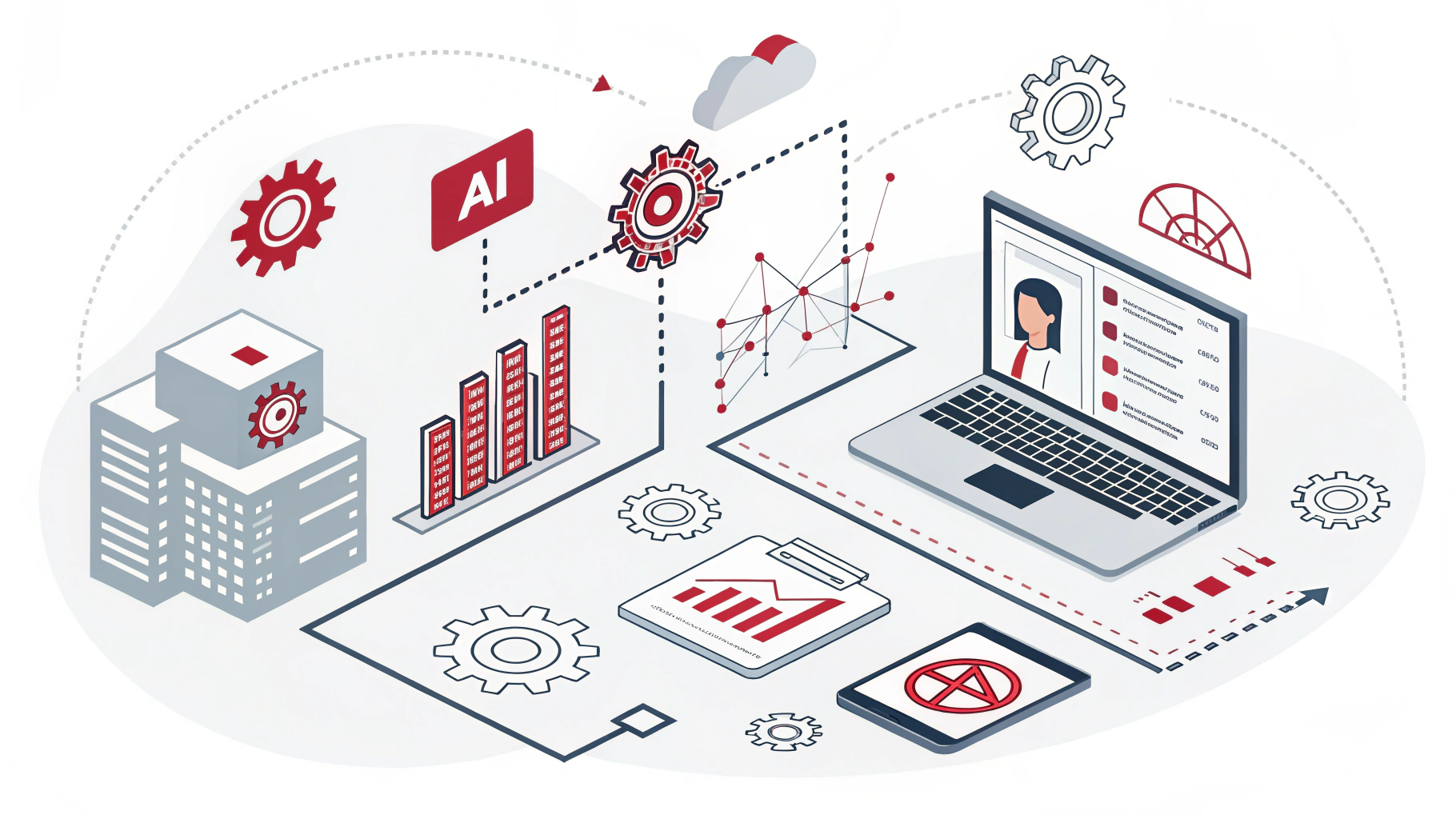Salesforce CRM, CDP & DMP : Similarities & differences!
Today, every business strives to provide a customer-centric experience for its customers. However, the question arises, how to do it? Because to be truly customer-centric, you must understand your customers’ preferences and the context in which they interact with your organization. This requires real-time data and the linkage of that data across relevant marketing touch points.
Therefore, Salesforce CRMs, CDPs & DMPs come into play!
Customer Relationship Management (CRM), Customer Data Platforms (CDPs), & Data Management Platforms (DMPs) all have the same goal: to effectively gather customer data from a variety of sources, store it, and use it in the most efficient manner possible. While CRM systems, CDPs, and DMPs collect and similarly store data, they are not the same.
Let’s talk about them separately!
- Customer Data Platforms to unify the data
CDPs is a marketing system that unifies a company’s customer data from marketing and other channels to enable customer modeling and optimize the timing and targeting of messages and offers. - Data Management Platforms to control the data flow
DMPs refers to advertising and customer segmentation in particular – “It is software that controls the flow of data in and out of an organization.” It helps with data-driven advertising strategies like segmentation.” - Customer Relationship Management To integrate customer data
CRM is defined as a “business strategy that maximizes revenue and profitability while fostering customer satisfaction and loyalty.” Companies can use CRM software for four different functions: sales, marketing, customer service, and digital commerce.”
CDP, DMP, CRM – Similarities & Differences!
All three platforms are distinct, but they work well together. CRM systems, CDPs, and DMPs are different but harmonious components of one big machine that gathers customer information and puts it to the best possible use.
The following are the main parallels:
A marketing team typically manages both the CDP and the DMP.
CDP and CRM store first, second and third-party data.
DMPs and CRMs have the potential to be vulnerable in terms of data privacy.
CDPs, DMPs, and CRMs all work to improve customer experience by segmenting customers.
| Basis | CDP | DMP | CRM |
|---|---|---|---|
| Type of Data Stored | 1st, 2nd & 3rd Party Data | 3rd Party Data | 1st, 2nd & 3rd Party Data |
| Storage of data | Permanent | Temporary | Permanent |
| Real Time data | Yes | No | No |
| 360 Degree Profile view availability | Yes | No | Limited View |
| Improve Customer Experience & segmentation | Yes | Yes | Yes |
| Data Privacy | Strong | Weak | Weak |
| Owned by | Marketing team | Marketing team | Sales Team |
The main distinctions are as follows:
| Basis | CDP | DMP | CRM |
|---|---|---|---|
| Meaning | A data management system that creates a unified, persistent customer database that other system can access. | DMP combines data from a variety of first-, second-, and third-party sources and allows organizations to segment their audiences for a more precise display ad experience. | CRM stores and analyses first-hand customer data across customer segments created within the approach. |
| Function | A customer data platform (CDP) collects information about customers from various sources to target ads and send personalized messages. | DMP serves a single purpose by addressing various ad mediums and platforms. | CRM is in charge of keeping track of customers and providing data for future campaigns. |
| Data Type | Manages data from the primary, secondary, and tertiary levels. | Manages data from the primary, secondary, and tertiary levels. | Handles first-hand information. |
| Data Capturing | It supports both push-out and pull-in data. Also, Campaign management from a single dashboard. | DMPs majorly push data to ad networks. | CRM imports data or collects leads. Only traditional data formats are available for export. |
| User Profiles | Enterprise CDPs employ both deterministic and probabilistic mapping techniques. | DMPs can create user profiles based on anonymous data and probabilistic mapping, which reduces the guesswork. | For cohort segmentation, it records and uses customer data. |
| Uses | A marketer can use it across industries and at various stages of the customer lifecycle. | Marketers and advertisers use DMP as a tool for creating look-alike models. | It aids in the storage of relevant customer data that serve as high-quality and appropriate campaign input. |
Conclusion
The three systems complement each other well. DMPs can bring in new prospects and leads; CDPs can help brands connect and engage with them, and CRMs can manage the customer-brand relationship over time.
You are not obligated to choose between the three options. They all play important roles in increasing the effectiveness of your campaigns.








